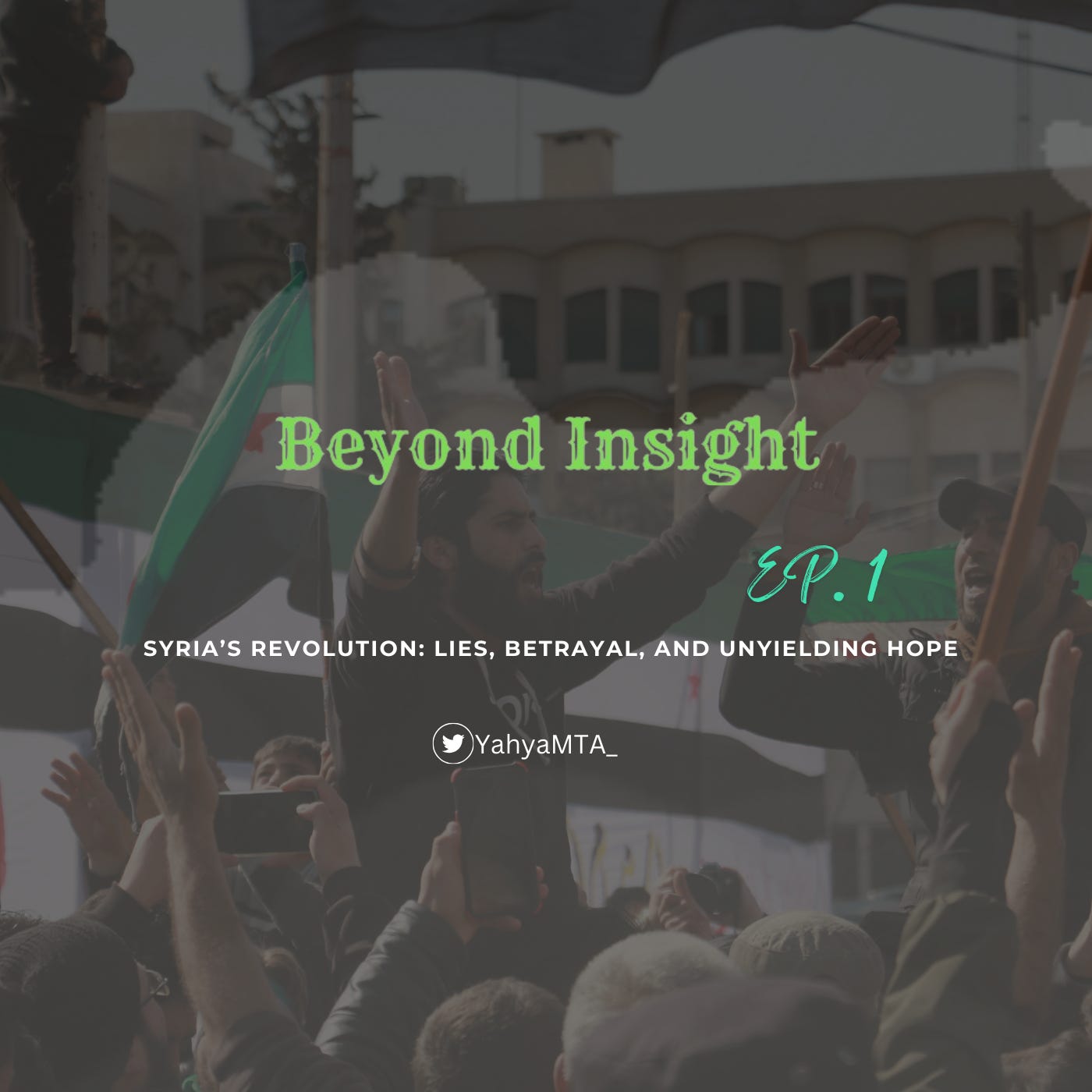Introduction
The Syrian revolution, which began in 2011, remains one of the most complex conflicts of our time. Rooted in the desire for freedom from decades of oppression under Bashar al-Assad and his father, the revolution has faced numerous obstacles, including misinformation, international interference, and internal challenges. This article explores the revolution’s origins, the role of international powers, and the aspirations for a post-Assad Syria.
Assad's Regime: A History of Oppression
Bashar al-Assad’s regime, like that of his father Hafez al-Assad, has ruled Syria through fear and repression. Marked by disappearances, mass executions, and systematic torture, the Assad government has created a legacy of terror. The infamous Tadmor Prison exemplifies this brutality, where detainees were executed daily during the regime's peak of violence.
Though Assad portrays himself as an anti-imperialist leader resisting Western domination, the reality reveals a different narrative. Documents and testimonies show Assad's complicity in Western intelligence operations, particularly during the War on Terror. Syria became a destination for rendition, where detainees were tortured on behalf of Western powers.
The Revolution: Grassroots Beginnings
The revolution began as peaceful protests inspired by the Arab Spring. Syrians demanded basic freedoms and an end to authoritarian rule. However, these calls for change were met with violent crackdowns. Protesters were shot, tortured, and imprisoned, with some suffering fates similar to that of 13-year-old Hamza al-Khateeb, whose brutal death became a symbol of the regime's cruelty.
What began as a peaceful uprising evolved into an armed resistance as the Assad regime intensified its attacks. Various groups formed, including the Free Syrian Army, which initially consisted of defectors from Assad's military. Over time, the opposition diversified, encompassing Islamist groups, moderates, and factions aligned with different regional powers.
International Involvement: Russia, the West, and Double Standards
The Syrian conflict has drawn in international powers, each pursuing its own interests. Russia has been a staunch ally of Assad, justifying its support under the guise of fighting terrorism. Russian airstrikes have devastated opposition-held areas, targeting civilian infrastructure and causing immense suffering.
The West, while condemning Assad publicly, has been complicit in actions that indirectly strengthened his regime. Rendition programs outsourced torture to Syria, and the inconsistent support for Syrian rebels allowed Assad to regain control in critical regions. Additionally, narratives from certain leftist and anti-imperialist circles have painted Assad as a defender against Western hegemony, ignoring his collaboration with Western intelligence and his attacks on his own people.
The Opposition: Evolution and Mischaracterization
The Syrian opposition has been frequently mischaracterized as extremist. While early groups like the Free Syrian Army were secular, the rise of Islamist factions complicated the narrative. Hay'at Tahrir al-Sham (HTS), formerly linked to Al-Qaeda, has undergone significant transformations, distancing itself from extremist affiliations and focusing on local governance in opposition-held areas like Idlib.
Despite these changes, accusations linking the entire opposition to ISIS persist. The reality is that ISIS often fought against opposition groups, undermining their efforts against Assad. Opposition leaders have emphasized the need for an inclusive and just future for Syria, addressing fears about minority rights in a post-Assad government.
Humanitarian Tragedy: The Cost of Conflict
The human toll of the Syrian revolution is staggering. Over 600,000 people have been killed, and millions displaced. Cities like Aleppo and Idlib have witnessed unimaginable destruction. Assad's forces have targeted hospitals, schools, and civilian infrastructure, exacerbating the humanitarian crisis.
Despite this, global attention has waned. The suffering of Syrians is often overshadowed by other conflicts, leading to a sense of abandonment among the Syrian diaspora.
Solidarity with Palestine: A Shared Struggle
Syrians have consistently expressed solidarity with the Palestinian cause, countering narratives that Assad is uniquely pro-Palestine. Many opposition leaders and Syrians view the Palestinian struggle as intertwined with their own, emphasizing shared experiences of oppression and resistance.
However, the Syrian regime’s rhetoric about supporting Palestine contrasts with its actions. Assad has bombed Palestinian refugee camps like Yarmouk and prioritized attacks on his own citizens over resisting Israeli aggression.
Hope for a Post-Assad Syria
The fall of Assad would mark a new chapter for Syria, but significant challenges remain. Ensuring minority rights, rebuilding the nation, and unifying the opposition are critical tasks. The opposition’s experience administering regions like Idlib may provide a foundation for governance, but achieving lasting peace will require addressing deep-seated divisions and fostering inclusivity.
Lessons for Activism: Guided by Justice
The Syrian revolution highlights the importance of justice-driven activism. For Muslims and global citizens, supporting Syria requires challenging misinformation, advocating for human rights, and holding oppressive regimes accountable.
Islamic principles of justice and unity serve as a guide for engaging with Syria’s struggle. As the Prophet Muhammad (peace be upon him) emphasized, standing against oppression, whether as a victim or a bystander, is a moral obligation.
Conclusion
The Syrian revolution is a testament to the resilience of a people fighting for freedom and dignity. While the path to a post-Assad Syria remains uncertain, the determination of Syrians offers hope for a brighter future. By understanding the complexities of the conflict and supporting justice, the global community can stand in solidarity with Syria’s ongoing struggle.








Share this post